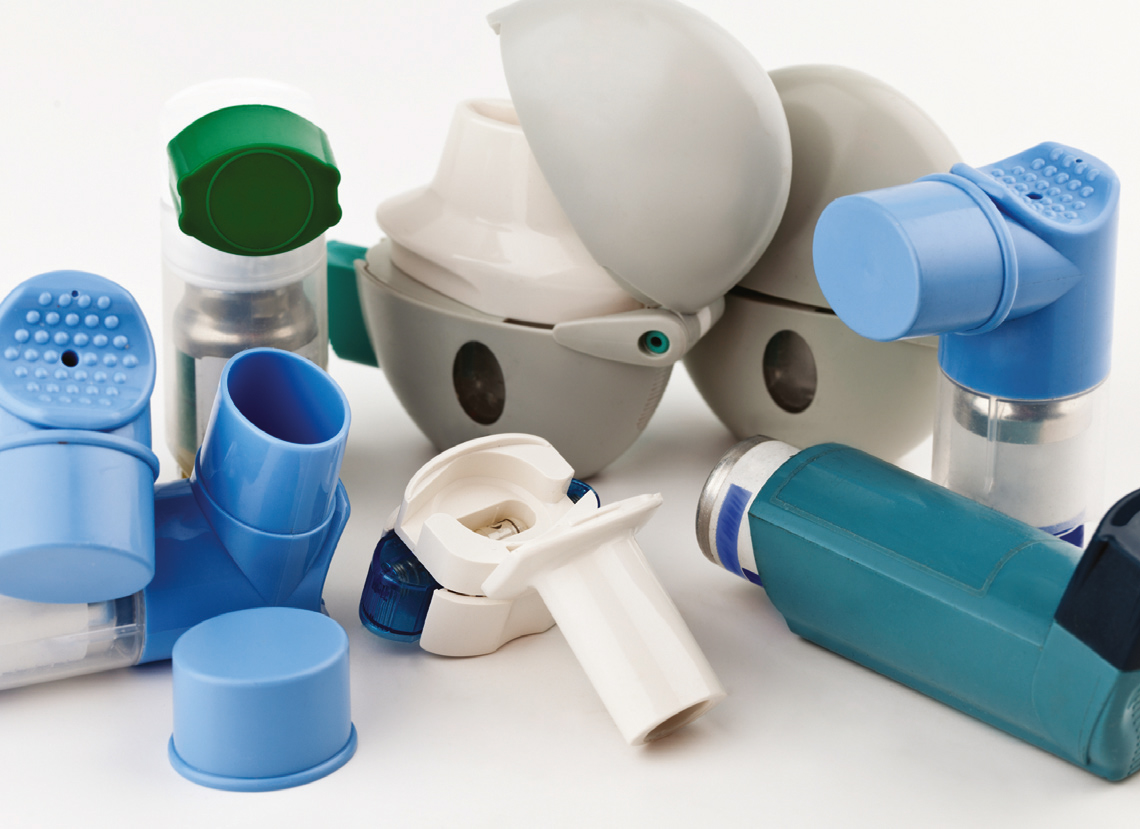
In most cases, incorrect inhaler technique can be resolved with simple recommendations that can improve the administration and effectiveness of the drug. This can help to avoid the following common errors:
Not shaking the inhaler device before use
When the canister of an aerosol device is pressed, a volume of liquid is released into the inhaler's nozzle, which then rapidly evaporates to produce the aerosol 'mist'. If the contents of the canister €“ both the propellant and the medication €“ are not mixed thoroughly, then too much or too little of one component will be released.
Not shaking the canister properly can lead to inconsistent dosing and poorly functioning inhalers. All aerosol inhalers, such as metered dose inhalers (MDIs), should be shaken before use.
Using an aerosol device that isn't working properly
The patient should check that the spray is functioning correctly before using it for the first time or if they have not used it for a while (usually five to seven days). The protective cap should be removed, the inhaler shaken and sprayed twice into the air.
Not breathing out before inhaling
Breathing out fully, or as much as is comfortable, reduces the amount of air in the airways and increases the available space for air from the next breath. The result is a deeper than normal inhalation, maximising the chance to carry all of the medication to the site of action. It is important that people don't breathe out into the inhaler, as this may introduce moisture into the device or disperse the powder if it's a dry powder inhaler (DPI), both of which will reduce the clinical effect.
Incorrect positioning of the patient and DPI inhaler
Patients should be instructed not to hold a DPI with the mouthpiece pointing downwards during or after the loading of a dose as the drug can escape. It should be kept horizontal or upright. Patients should keep their chin up or head slightly tilted back when using the inhaler.
Incorrect co-ordination of MDI actuation and inhalation
To deliver the medication to the lungs, the patient must coordinate breathing in with pressing the canister. Starting to breathe in too early can mean the breath in has finished before the canister has been pressed, particularly if the inhalation is very fast. The result is the medication is deposited into the mouth, with little or none reaching the lungs.
The time between pressing the canister and the final part of the medication leaving the inhaler device is less than half a second, so any delay between pressing the canister and starting to breathe in means that lung deposition is significantly reduced as the aerosol will already have been released. In both cases, the risk of local side effects is increased.
Training aids are available which can be used to encourage slow inhalation with MDI devices. Alternatively, using a spacer device or breath-actuated inhaler will help to overcome this problem.
Delay in inhaling the drug through a spacer device
Medication stays suspended in a spacer only for a short time, so if patients fail to take each dose immediately after loading the spacer, a proportion of the dose is deposited onto the inner surface of the device and is therefore lost.
